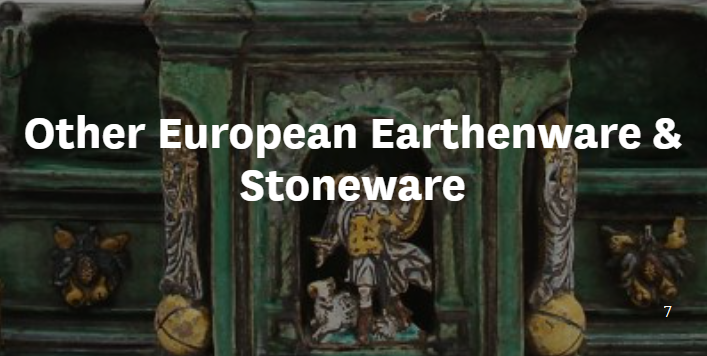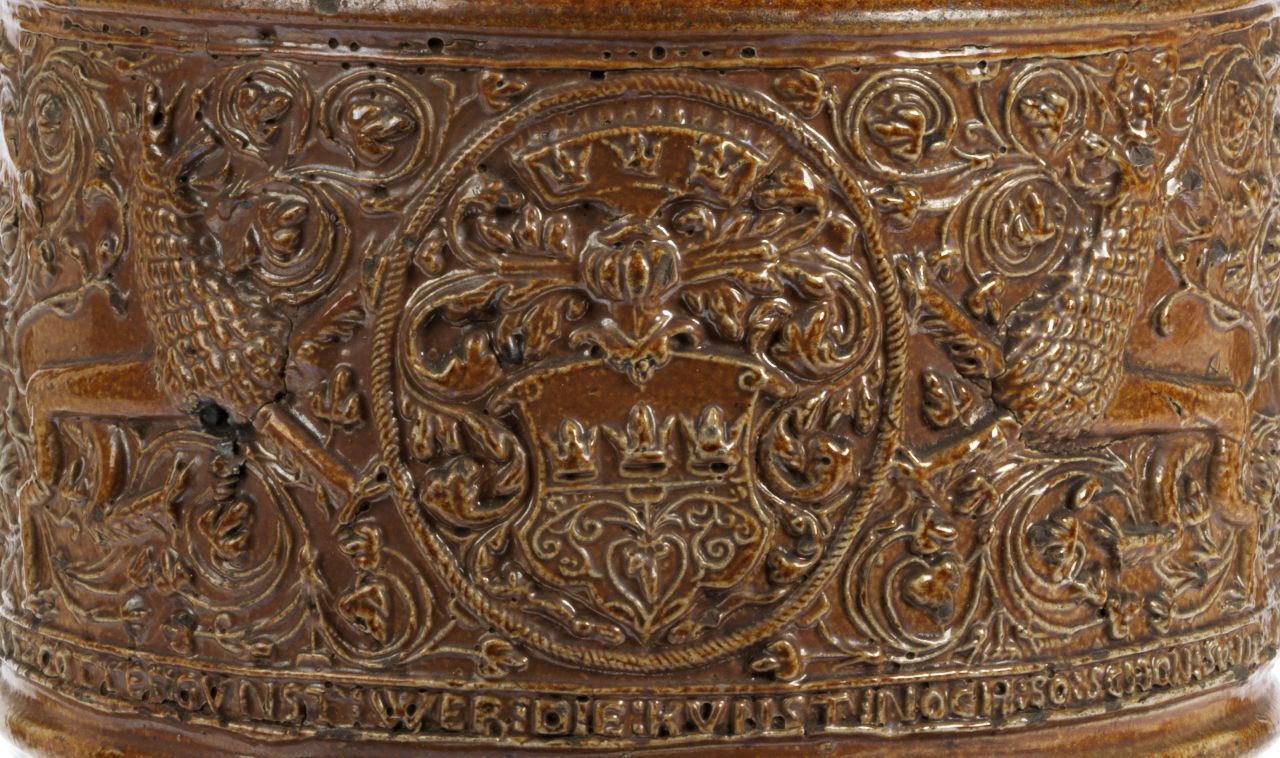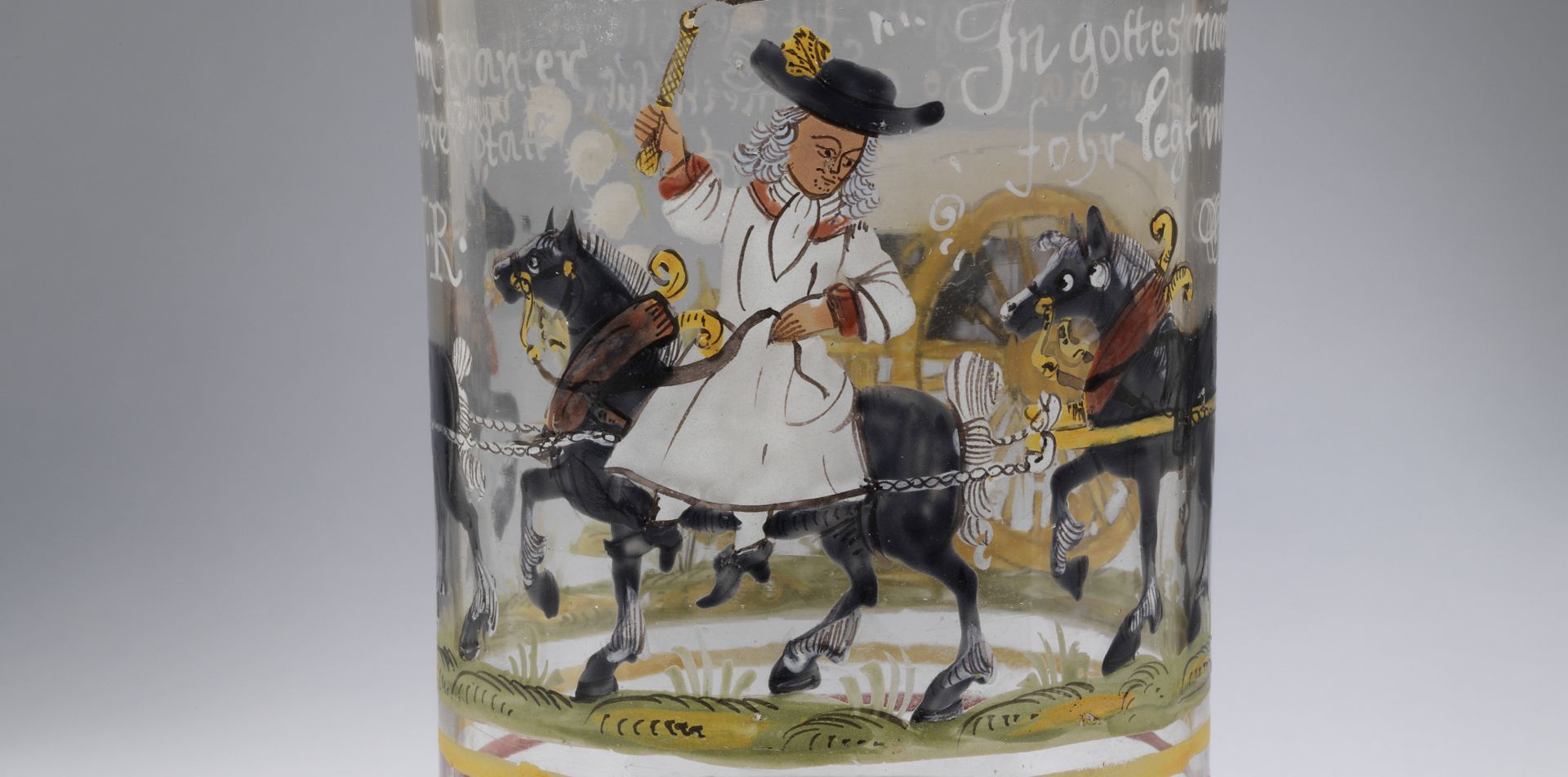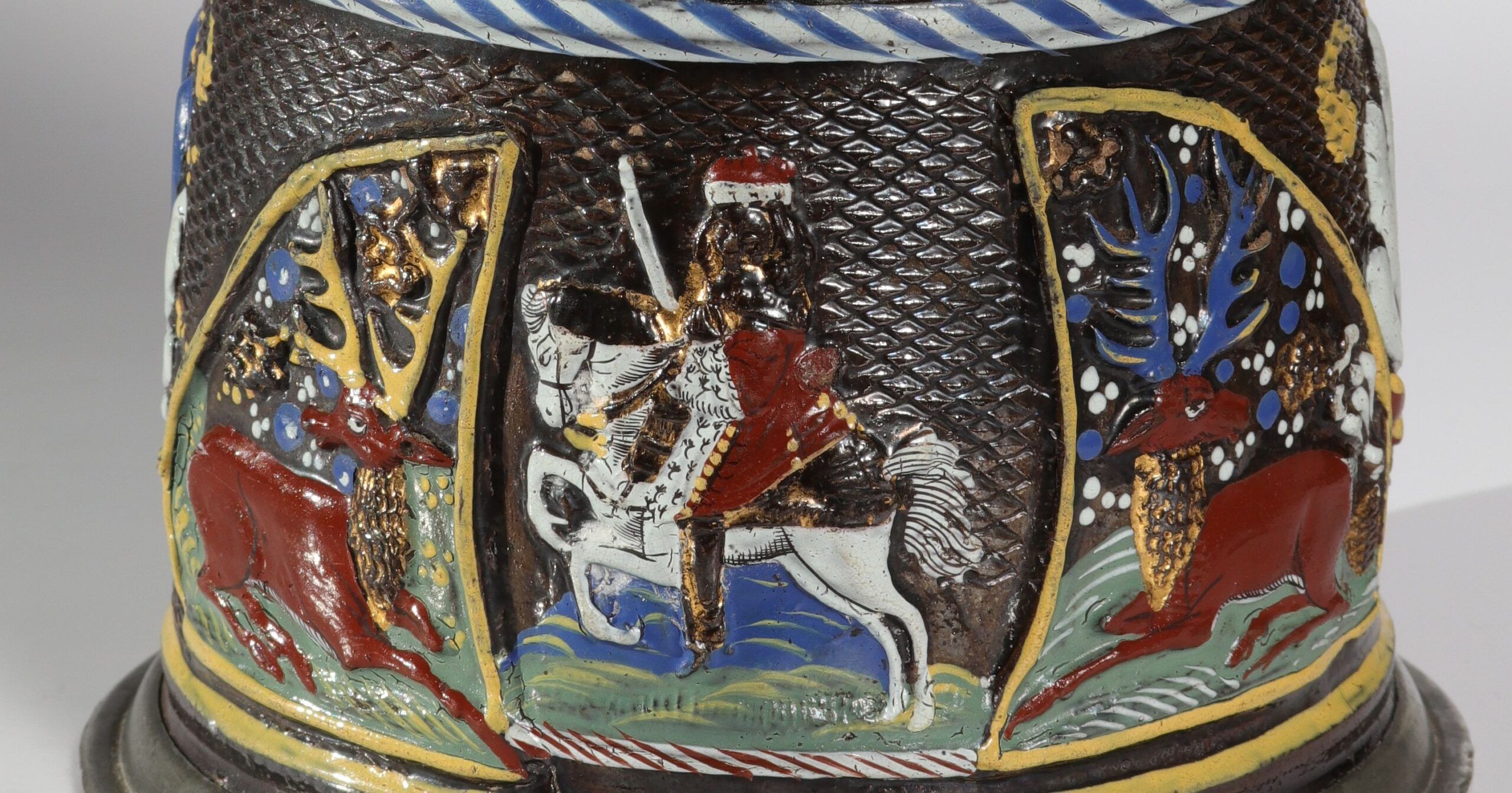Gardiner Museum | Ceramics Collections
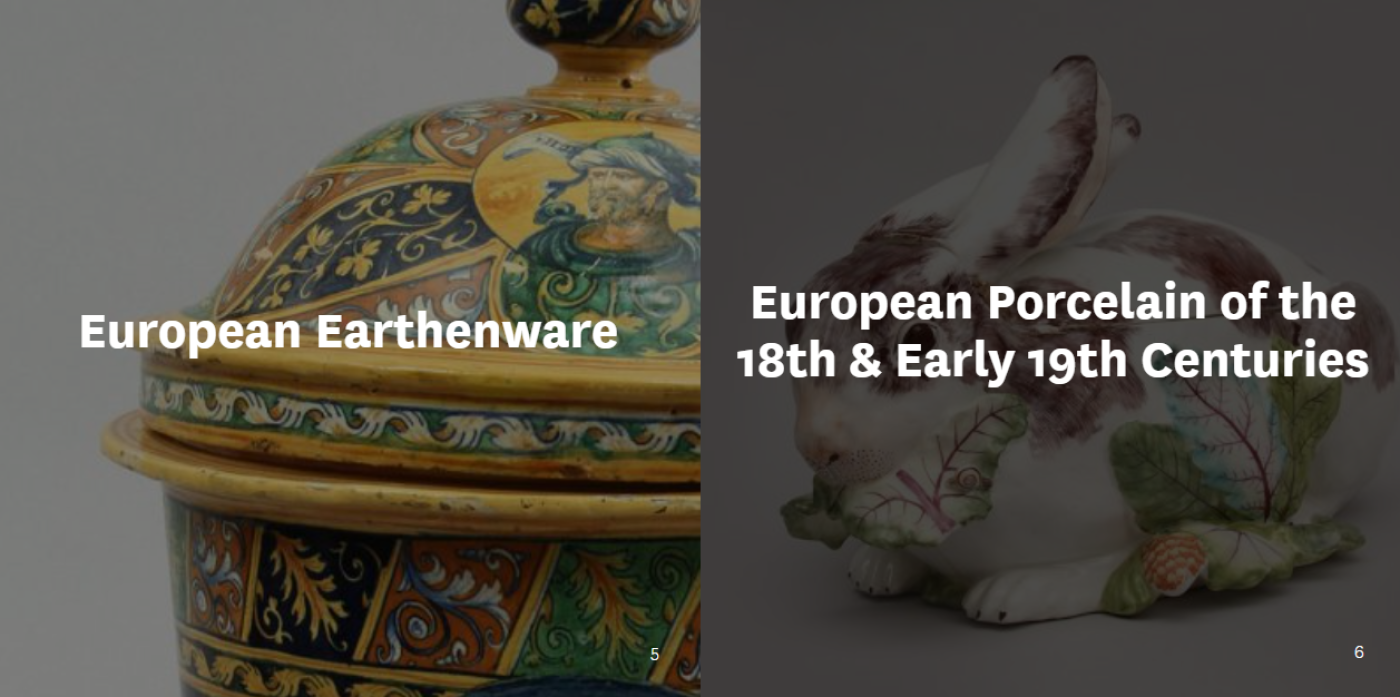
The Gardiner Museum is Canada’s national museum of ceramics. It is one of a small number of specialized museums of ceramics in the world.
The Gardiner Museum was established in 1984 by George and Helen Gardiner, whose founding collection set the pattern for the future. Rather than building an encyclopedic collection, the Gardiners focused on specific areas of ceramic excellence which they collected in depth. Their collection was divided into two principal areas: Earthenwares, represented by ceramics from the Ancient Americas (pre-colonial America), Italian Renaissance maiolica, and English delftware; and Porcelain, with a focus on European porcelain of the 18th century, including specialized collections of Commedia dell’Arte figures and scent bottles.
Over the past thirty years, the Museum’s collection has expanded its European holdings to include creamware, French faïence, and 19th-century ceramics with a focus on Minton and wares for the Canadian market. Additional important specialties include Asian, modern, and contemporary ceramics.
14th to 18th Century European Earthenware and Stoneware
The Gardiner Museum’s holdings highlight important developments in the history of European earthenware from the fourteenth to the eighteenth centuries, including tin-glazed earthenware, English slipware and creamware. Earthenware is the term given to ceramics that have been fired at a comparatively low temperature and have not vitrified. They have opaque bodies and are often glazed to make them impervious to liquids. Different types of earthenwares are given specific names that distinguish their bodies, glazes and decoration.
Quelle https://emuseum.gardinermuseum.com/collections
An important area of focus is tin-glazed earthenware produced in Italy, France and England, where it was known as maiolica, faïence and delftware respectively. Tin-glazed earthenware first appeared in the ninth century in present day Iraq, and involved the addition of ashes of tin to a lead glaze to create an opaque white surface for decoration in emulation of Chinese porcelain. Throughout the next five centuries, knowledge of tin-glazing spread throughout the Middle East and the Mediterranean. The movement of objects and people further prompted its dissemination to Italy, and Northern Europe.
European Earthenware Collections:
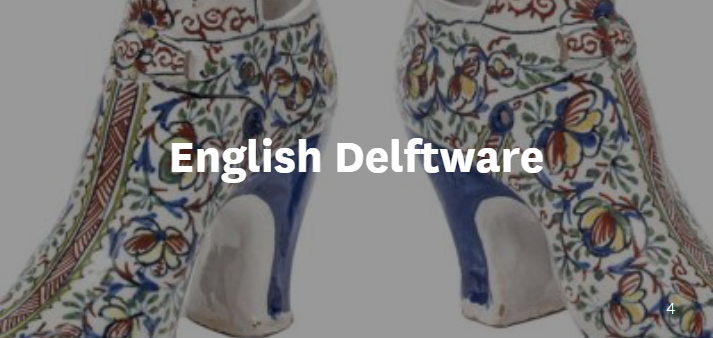
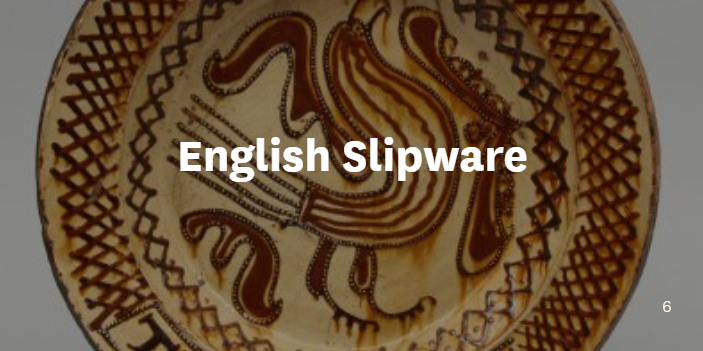
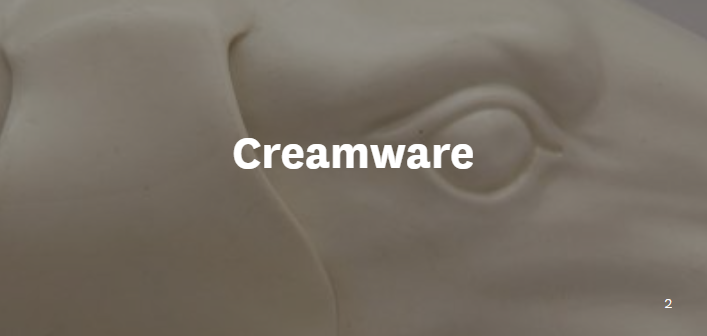
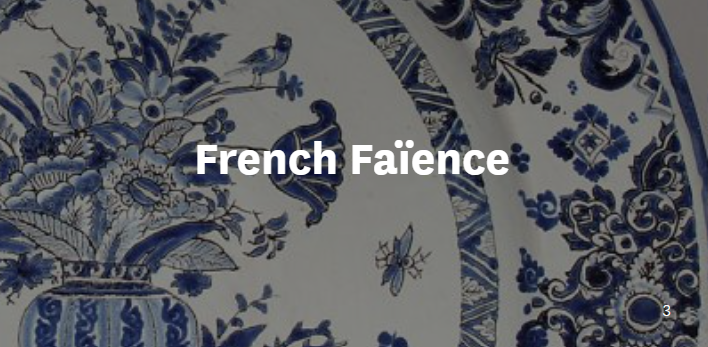
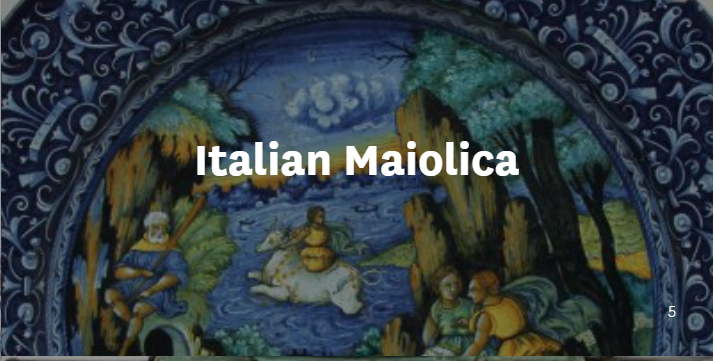
Other European Earthenware and Stoneware
